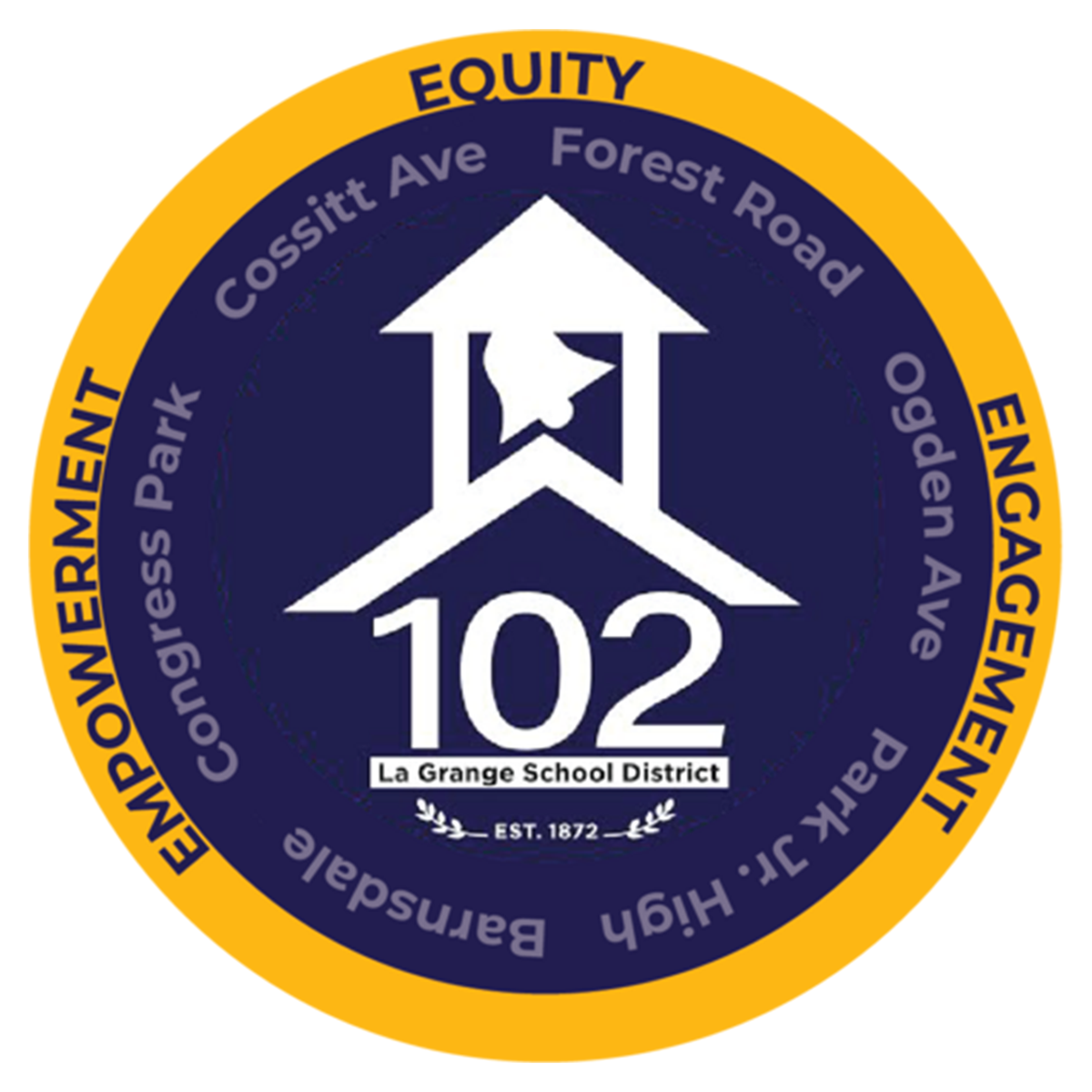Skip to content
Renew D102: Home Page
Show submenu for Board of Education
Board of Education
Show submenu for Departments
Show submenu for District
District
Show submenu for Families
Show submenu for Staff
Show submenu for Students
Show submenu for
